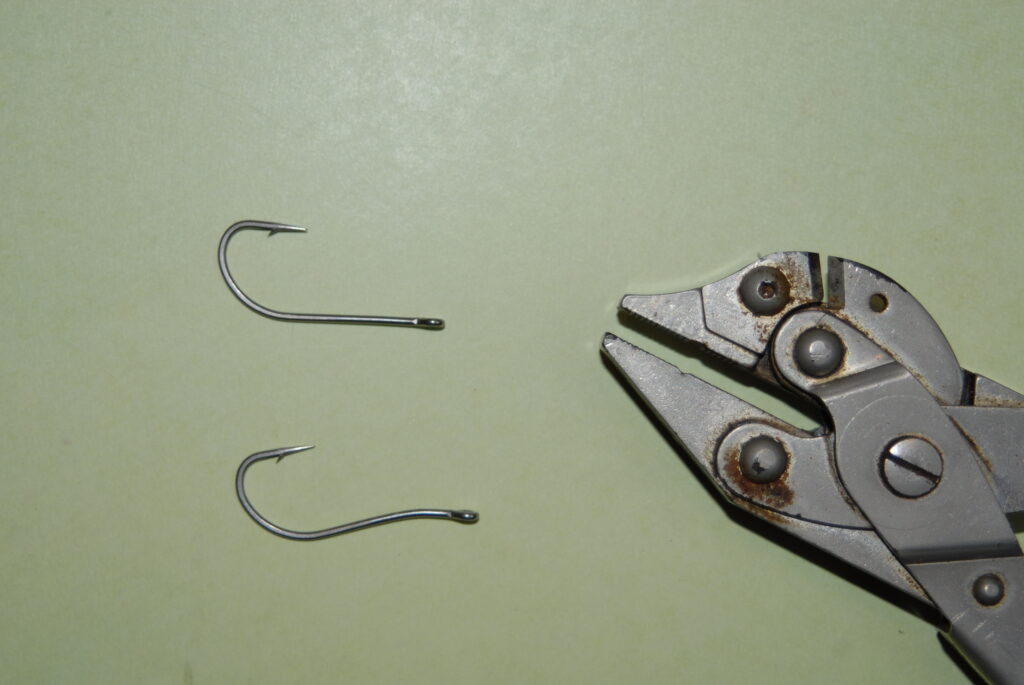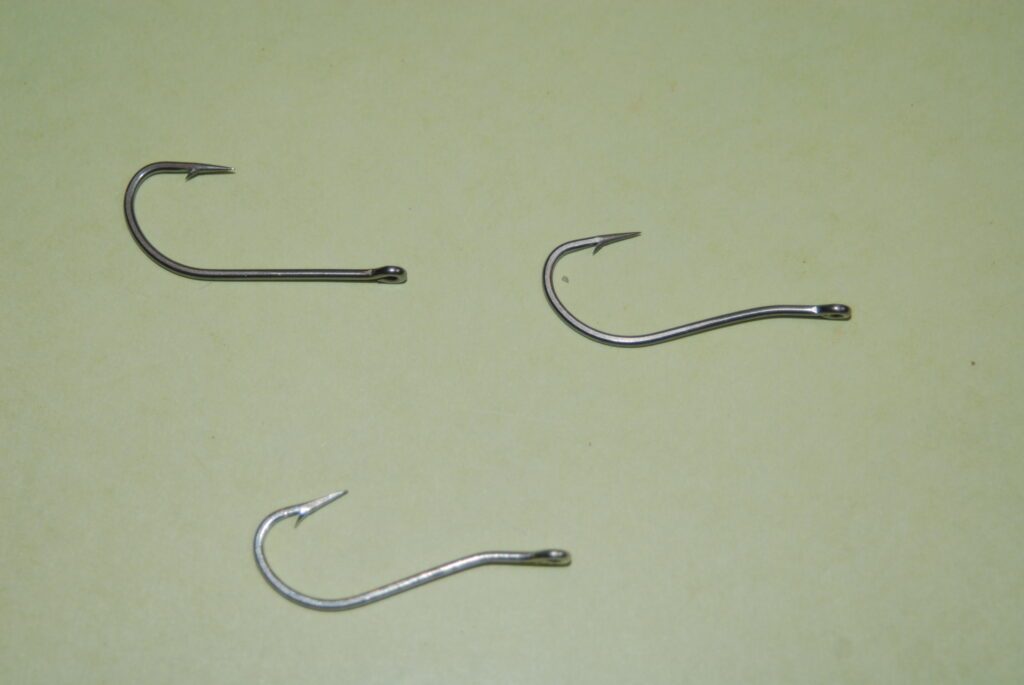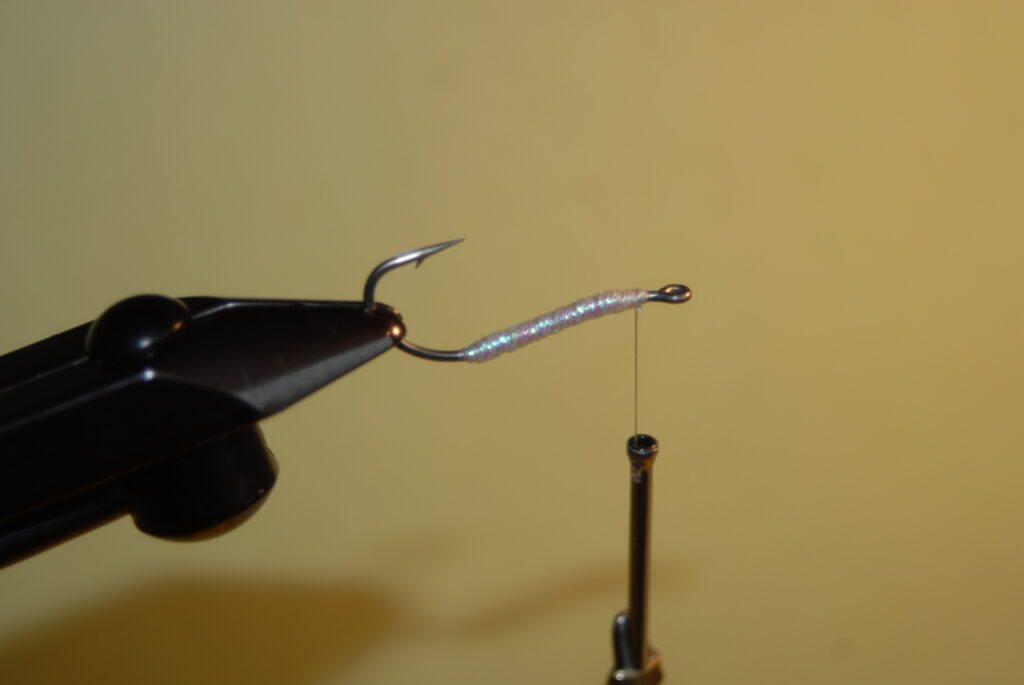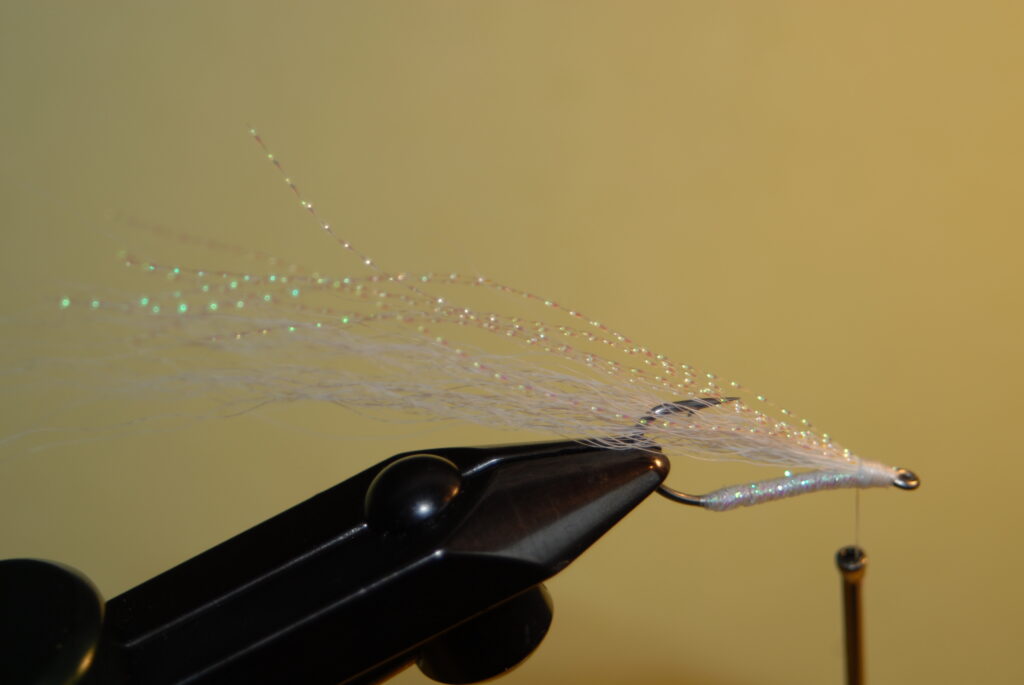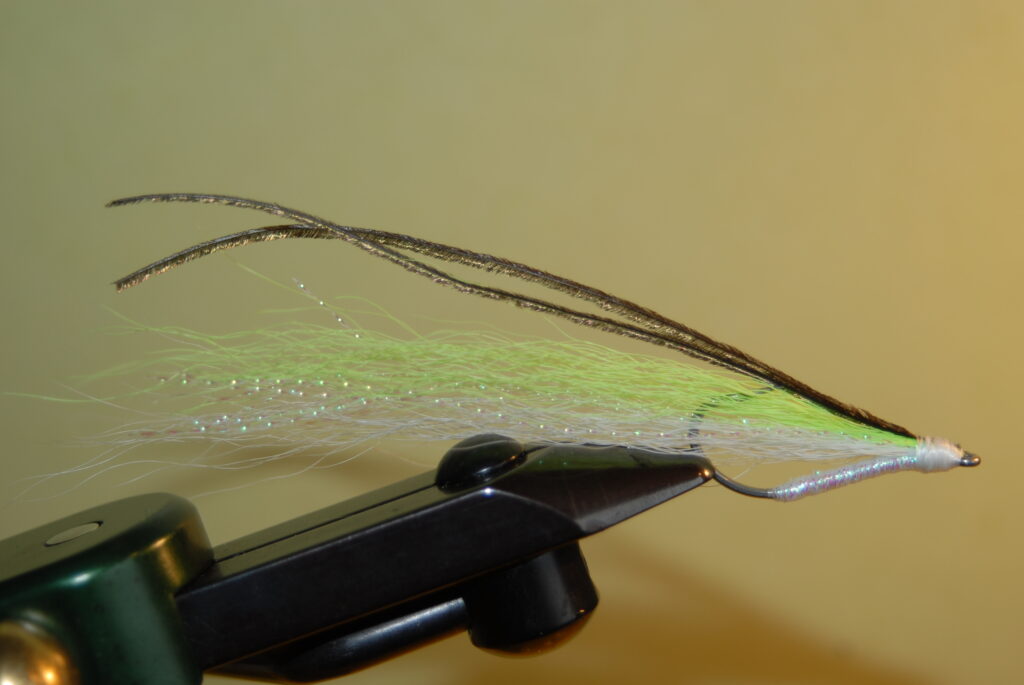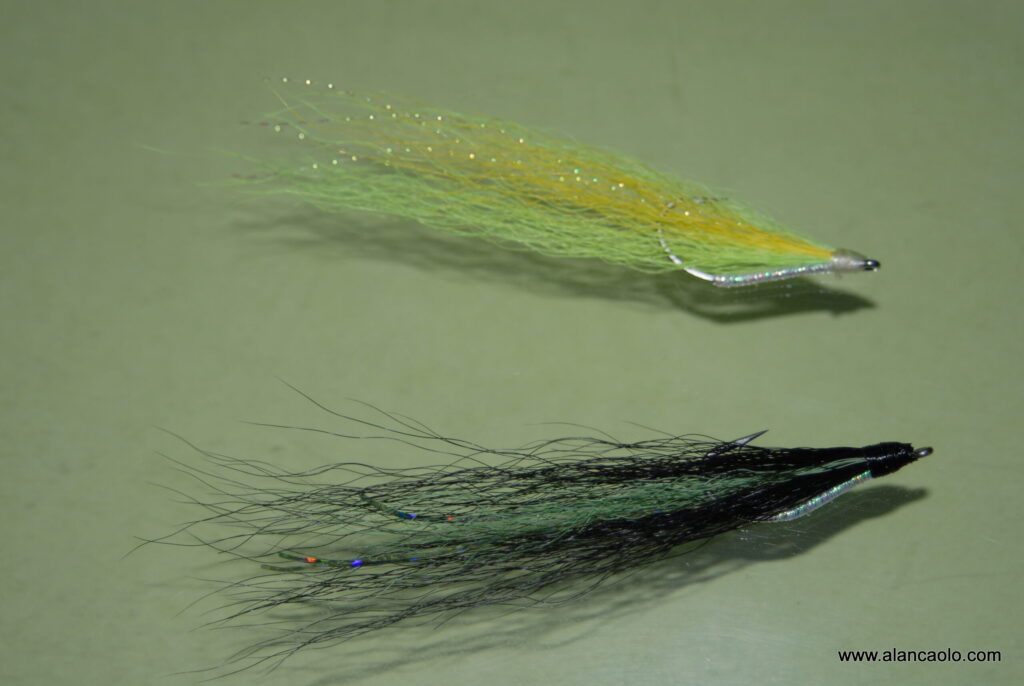
A Miracle Pattern for Fresh and Salt Water
Fly-rodders have scads of choice when selecting flies – there are literally thousands of fly patterns for both fresh and saltwater fishing. Most of them, however, may be categorized into relatively few distinct pattern classes; by that I mean general classifications by design and intended use. In salt water, for example, we have surface flies (poppers, sliders, Crease Flies, etc.) for working the surface, mid-water streamers (Deceivers, Surf Candies, etc.), crab imitations (Merkins, Ragheads, etc.), shrimp imitations, and several more categories. In fresh water, there are dry flies (with many sub-classes), wet flies, nymphs, streamers, poppers . . . the list goes on. Each pattern style has unique capability and appeal, and they all have a niche in our fly box. But among the thousands of patterns, just a handful are general fly patterns, ones that are effective in many fishing situations, for many different species – they are truly outstanding designs. In fresh water, the Wooly Bugger immediately comes to mind, with its broad species appeal and all its simple and effective variations. My favorite saltwater “general” pattern, with broad-scale effectiveness, flexibility, and simplicity in design, is the Bendback.
The Bendback is a unique design – it rides with the hook point up without adding weight to the hook shank, a feature achieved in several benchmark patterns (including the Clouser Minnow and Crazy Charlie) through the addition of lead eyes or beadchain to the back of the hook. The Bendback is a simple design that requires just basic fly tying skills. And it’s a design that lends itself well to inventive variation at the vise to suit a variety of fishing situations, as well as personal preference in pattern appearance. The Bendback is ideal for imitating myriad small baitfish, including Atlantic silversides, anchovies, sand eels, baby bunker (juvenile menhaden), glass minnows, and many more. With a different choice of wing, body and tail materials – and how sparsely it’s dressed – the Bendback is easily morphed into other prey, such as shrimp, a vital forage for inshore game fish around the globe. This pattern has many virtues that collectively make it a BIG winner.
First – its inverted design with the bend, barb and point of the hook nestled within the wing fibers creates a pattern that’s inherently foul-proof – there are no long, flimsy wing fibers or tail feathers to wrap about the bend of the hook during the cast. The hook’s bend itself serves as the foul-guard. This is a very important facet when sight-casting, where starting the cast from a fly-in-hand posture can easily lead to a fouled fly (especially when you’re rushed with excitement and the wind is up a bit), effectively killing a valuable opportunity before the presentation ever had a chance. This is a great feature when night-fishing, as well. No matter how often we’re told to diligently check our fly after every cast – most of us simply do not do this often enough. The foul-proof Bendback affords a big margin of forgiveness in this department. For the same reason, it’s an ideal pattern when fishing a multiple-fly rig (fishing two or three similar flies simultaneously on the leader – a great saltwater tactic). All it takes is one twisted or fouled fly to alert the fish and kill your entire presentation.
Second –the Bendback is inherently weedless – another tremendously valuable facet when fishing messy waters, which we encounter often in salt water, including ocean beaches, bay and harbor shores, and on the flats. The hook point and bend are conveniently shrouded by the wing fibers, which act as a built-in weed guard.
Third – again linked to the hook being cloaked in wing fibers, the Bendback never “shows its hand”. Most streamers – for both fresh and salt water – ride hook-point-down and the hook’s point, bend and barb often hang flagrantly below the fly, somewhere along its belly. Game fish approach and strike baitfish imitations most often from below and behind, rather than from above, the side, or head-on, which puts the business end of the hook in plain view with hook-point-down style patterns. Most times, the visible hook doesn’t offend a hungry predator, but when fishing in bright conditions, clear water with a light current, game has the luxury of taking a really good look at your offering before striking (or not). Oftentimes in these conditions, any exposed metal on the underside of the fly will turn them off . . . apparently, they don’t dig belly rings : ) With the hook point cloaked in wing material atop the fly, the “stinger” is hidden, making the Bendback immune from such rejections.
Fourth – the up-riding hook provides a wide range of pattern “fishability”. The keel created by slightly bending the hook shank (which encourages the pattern to invert itself in the water to a hook-point-up posture) creates a fly that’s ideal for working right on the bottom in shallow water, such as when imitating shrimp or small baitfish on the flats. When tied with non-buoyant wing material (synthetic fibers are ideal), a fly is created that sinks adequately in skinny water, is snag-proof, and one that lands softly – without the “plop” associated with lead and beadchain eyes . . . a perfect, stealthy fly for tailing or otherwise spooky fish in very shallow situations.
Fifth – it’s unweighted, design enables a versatile pattern that may be fished effectively for a wide variety of species throughout the water column from near the top to right on the bottom, regardless of water depth. Appropriate fly line selection (floating, intermediate, or sinking), and the amount and type of wing material (buoyant bucktail, non-buoyant synthetics, heavy or sparse, etc.) enables this flexibility.
The Bendback’s a versatile fly pattern that’s simple to tie, inherently weedless and foul-proof, stealthy, effective in a wide range of fishing situations, can imitate a variety of important forage species, and it takes countless game fish species in both fresh and salt water, including striped bass, trout, bonefish, largemouth bass, seatrout, smallmouth bass, bluefish, pickerel, tuna . . . the list goes on and on. The Bendback’s a winner!
Note to readers: Hooks for tying Bendbacks that are pre-bent to suit this unique fly design are commercially available. However, images depicting proper hook bending for this fly pattern, and the best tools for that task, are posted below for tyers who prefer to create their own special Bendback hooks.
It recently came to my attention that the links I had originally included in this post, which conveniently directed readers to additional quality Bendback material, are no longer functional or no longer provide Bendback-related material. My apologies to viewers who may have been frustrated by that.
Tying a Simple Bendback
